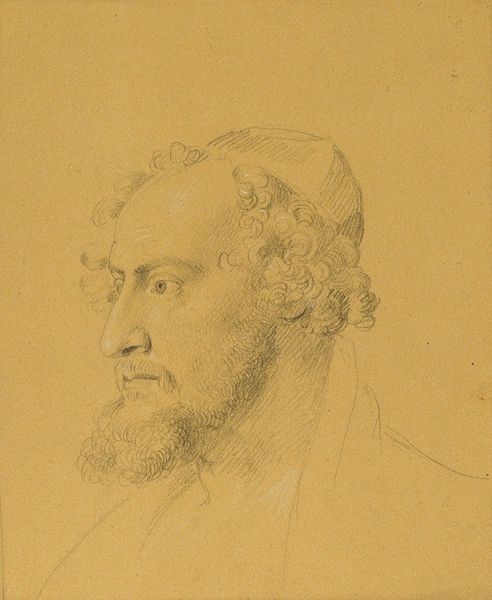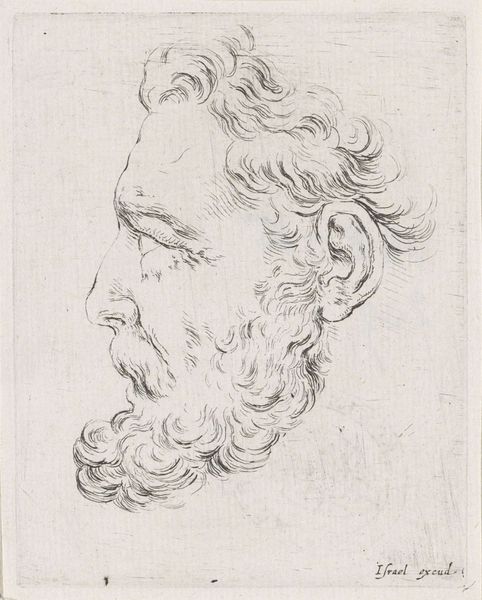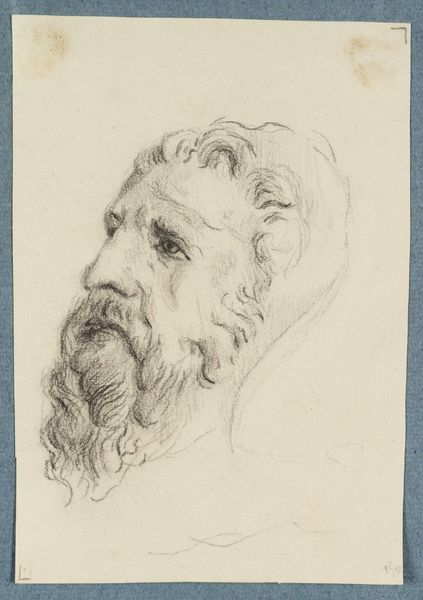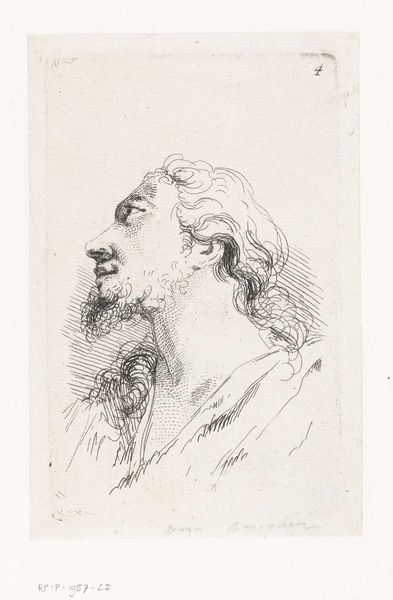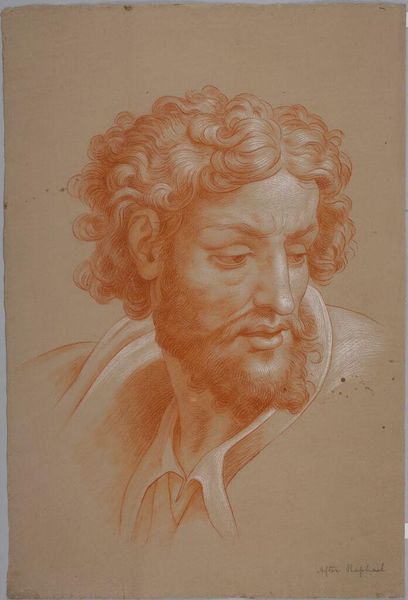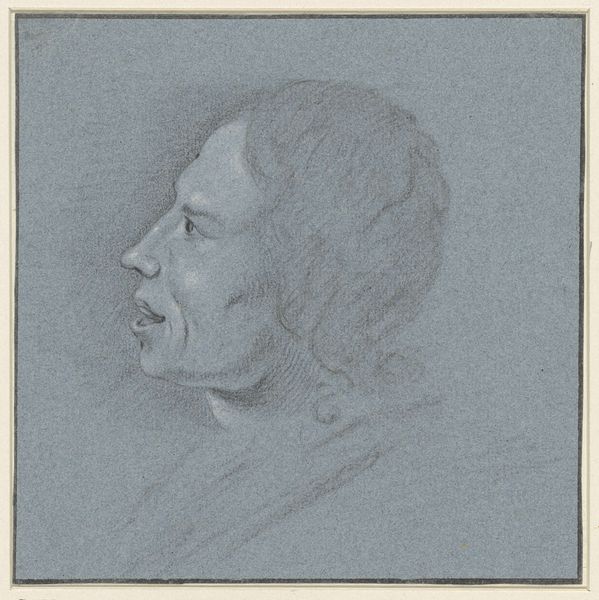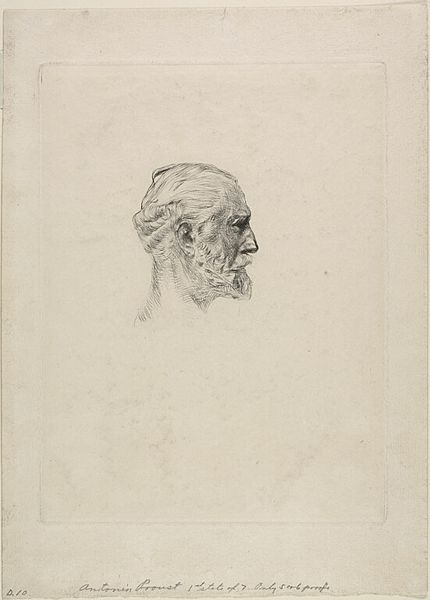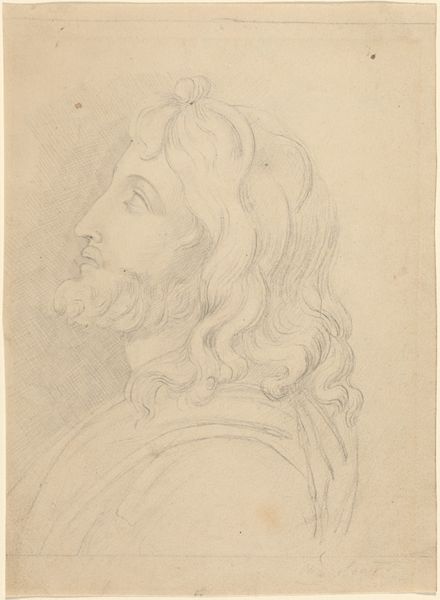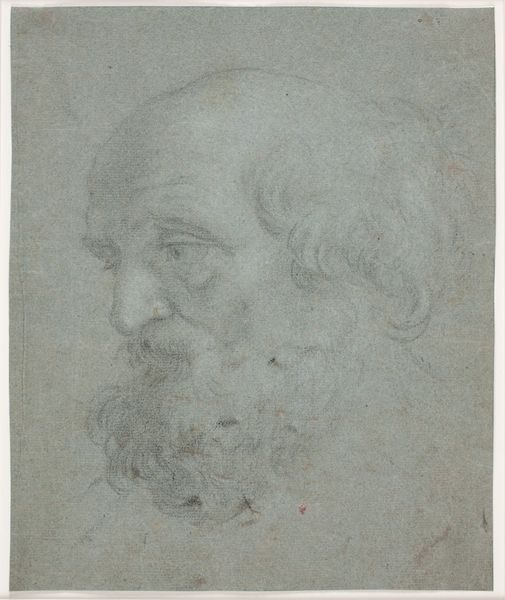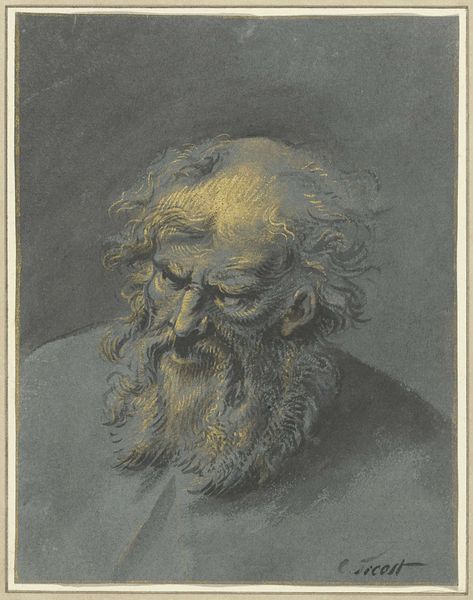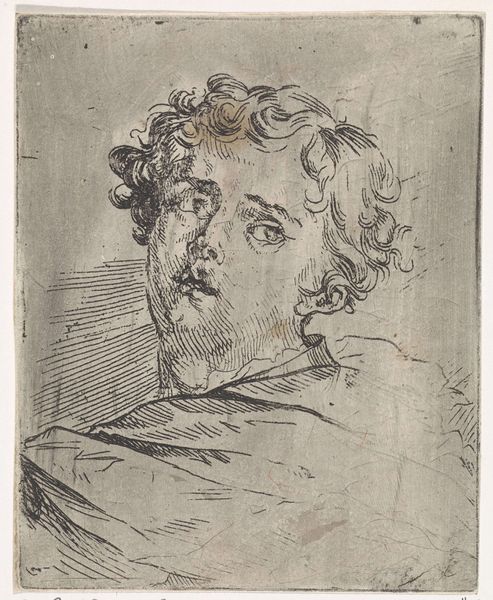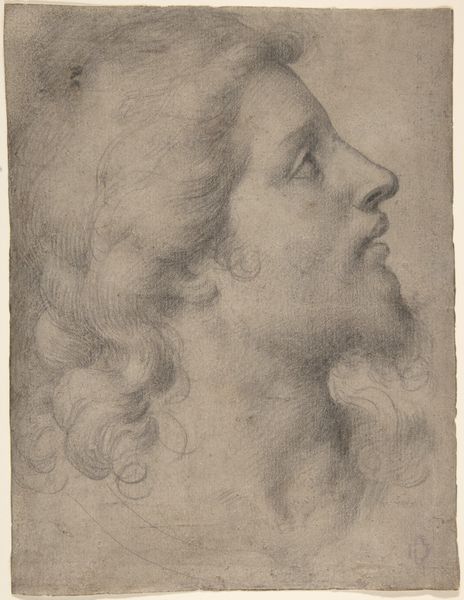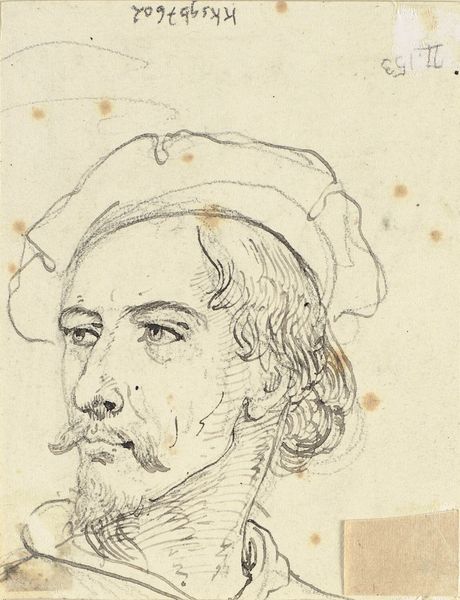
drawing, pencil
#
portrait
#
pencil drawn
#
drawing
#
amateur sketch
#
facial expression drawing
#
light pencil work
#
pencil sketch
#
charcoal drawing
#
figuration
#
portrait reference
#
pencil drawing
#
pencil
#
line
#
portrait drawing
#
pencil work
#
history-painting
#
academic-art
#
realism
Copyright: Public Domain: Artvee
Editor: Here we have Johann Peter Krafft's "Porträtstudie", a portrait study executed in pencil. I’m struck by the immediacy of it, like we're peeking into the artist's sketchbook. What catches your eye about this particular drawing? Curator: Well, immediately, I think about the function of academic art in the 19th century. Portrait studies like this were crucial. Artists, particularly those associated with history painting like Krafft, needed to master human anatomy and expression. This wasn’t just about representing an individual, but about developing a visual vocabulary that could communicate specific emotions and moral qualities in grand historical narratives. Does that resonate with your initial impression? Editor: It does, now that you mention it. It feels like a preparation, almost a fragment of a larger story. Were these studies often displayed publicly, or were they more of an internal practice? Curator: That's a good question! Their role existed in a complex space between the private studio and the public academy. While some exceptionally skillful drawings might be exhibited as independent works, most were stepping stones. Think of it like scales for a musician – essential for developing virtuosity, but not necessarily concert material. Consider how public taste dictated what was considered 'finished' versus preparatory. Editor: So, in a way, these studies allow us to see behind the curtain of artistic production. Were there any political implications to this type of artistic training? Curator: Absolutely! Academic training was heavily tied to institutions funded by the state or monarchy. The kinds of narratives that artists were trained to represent – heroic, nationalistic, moralizing – served to legitimize existing power structures. The visual language developed through exercises like these ultimately contributed to shaping public opinion and reinforcing dominant ideologies. What do you take away from our discussion? Editor: I see now how this seemingly simple sketch is connected to much larger social and political forces at play in the 19th century art world. Thanks for sharing!
Comments
No comments
Be the first to comment and join the conversation on the ultimate creative platform.
